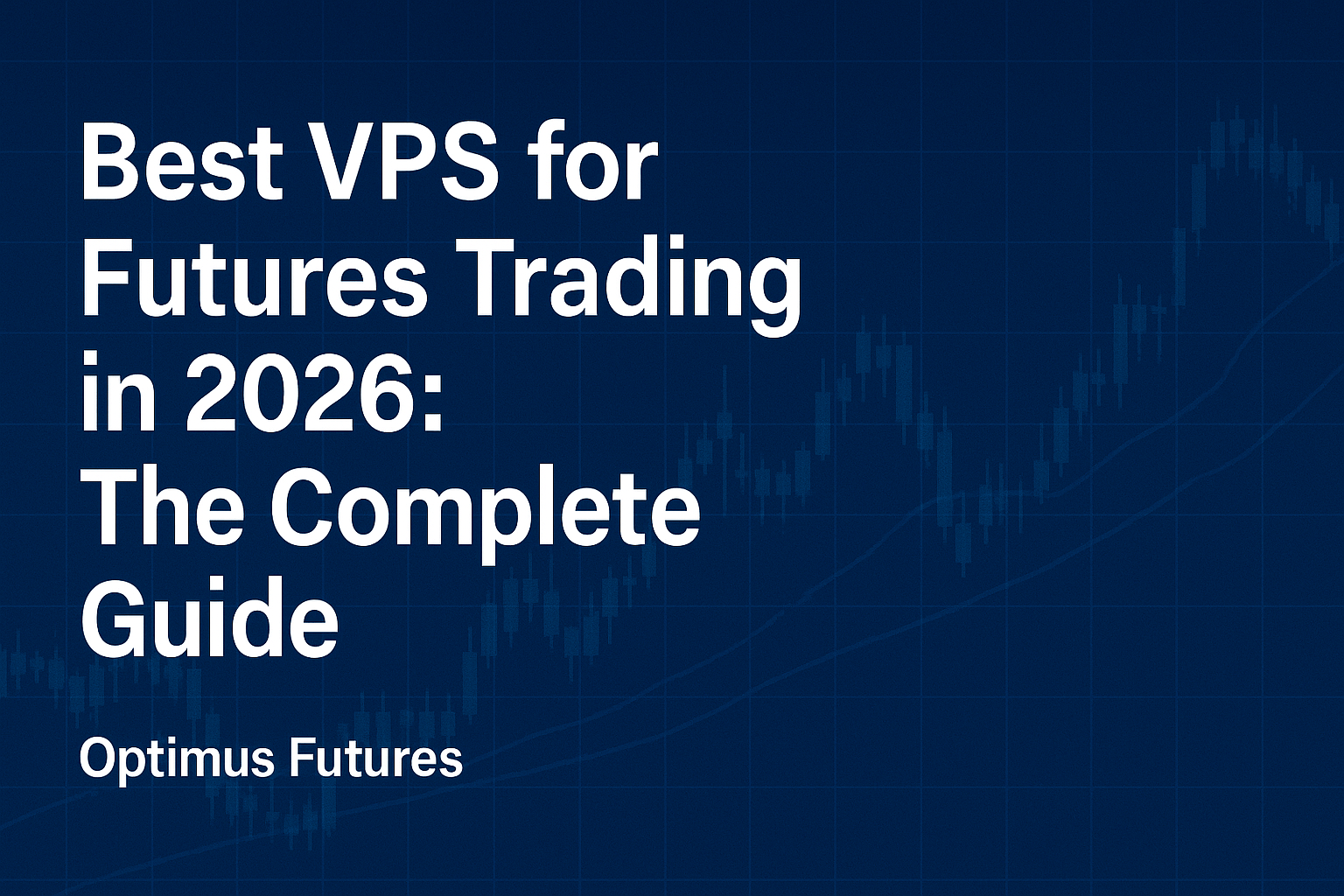There is a continuing argument over fundamental and technical trading strategy and which one is superior at predicting markets. Fundamentalists think that technical trading is nothing but luck that can’t hold its own in an uncertain and volatile market while technicians think that fundamental trading is hoping and betting on something that might not ever happen or could be interpreted differently by those moving the market. Both sides hold validity in their argument and both sides are represented by money managers. So who is right and where should you put your trust and money?
The answer truly is none and neither, only a culmination of the two will hold the best fighting chance, however, I have a distinctive spin on the merger of these two key trading methodologies which uses price to summarize fundamental beliefs and back technical theory. That theory can be summarized as follows:
Price is the ultimate information medium; it is the consensus vote with all things being equal including public and non-public information. Traders (generalized as technicians) and investors (generalized as fundamentalists) compile their information, develop a thesis and cast their vote; buy or sell. Based on these “votes” the price reflects the consensus of movement.
The price is a marry of both methodology of trading because that is exactly what it is, the combined consensus of all traders regardless of trading style. It does not matter if you trade on the stars, coin tosses, football games, your cat or anything else. Majority beliefs will drive the markets in that direction.
Trends exist in physical commodity markets, financial futures and debt instrument futures which should be of no shocking value to you. Momentum of the majority vote will continue until something of impactful nature changes. When top or bottoms become apparent, the vote is changing because thesis’s change as the price moves. Something that has moved up considerably may have less appeal to be purchased in fear of a strong retracement; many may have price targets and take some profits off the table at a certain level. On the contrary, a strong decline has reversed effects. When the majority thesis changes, markets react and move accordingly.
Traders attempt to predict bottoms or tops because it’s at its highest period high, or at its lowest period low. That thought process is flawed in many ways because one, before a futures contract goes from 30 to 100 it needs to hit countless highest highs and before a futures declines from 100 to 30, it also needs to hit countless lowest lows. Fighting momentum to predict is stepping in front of a train, moving with momentum on a reactionary basis may be a recipe for success.
In life, being a leader is the preferred way to go, but in trading, leading can get you hurt if there is nobody to follow you. Let the market do the moving and leave the predictions to the “Psychics”. We believe you should jump into a trade when the momentum and price consensus is in your favor and if it backs your own personal fundamental or technical analysis it’s even better.
Trading futures and options involves substantial risk of loss and is not suitable for all investors. This matter is intended as a solicitation to trade futures.
VFM 29668



